7 billion startup signs
“Enough. I don’t want to listen to this nonsense anymore. Mattresses will never replace hotels” - Wilson interrupted the conversation. We tried to object, but he was adamant. Fred Wilson was the 15th investor who refused to listen to us to the end, “recalls Brian Cesky, founder of Airbnb.
When we designed the startup Grrow.me, I asked one question. What signs make the project a billionth?
Having discovered these signs, we decided to follow them in our project and share with you.
1.
With one foot from the future, 15 Airbnb investors - refused to Brian Cesky, Joe Gebbia and Nathan Blecharzike. They considered the idea of service to be nonsense - well, really, who will rent their room to strangers? Now a startup costs 20 billion.
What did these 15 investors not take into account? They just looked around and didn’t see people who rented rooms - almost no one did it. They could not see the future of the sharing economy. The future is not easy to see. The prevailing stereotypes and foundations do not allow many to look beyond the horizon.
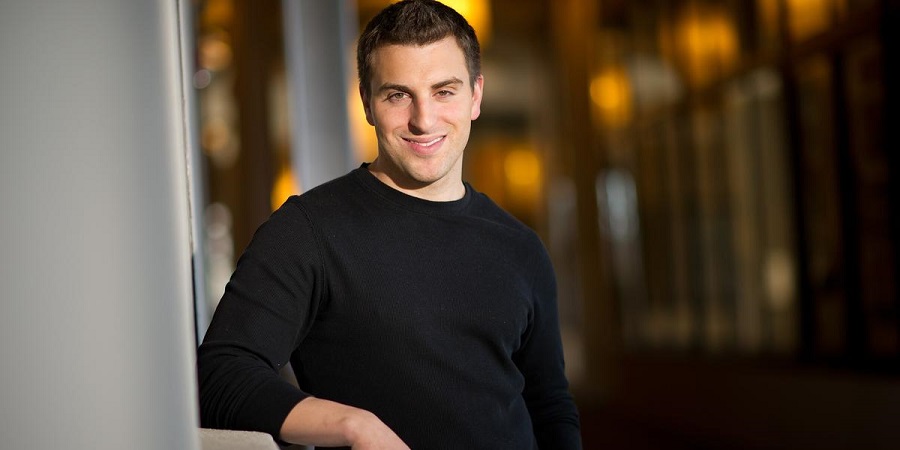
2. Crazy idea
Einstein, when he evaluated physical theories, said: "Your theory is not crazy enough to be true." This principle can be rephrased for startups - “The ideas of many projects are not crazy enough to become a billion-dollar business.” The project should be a little crazy like Snapchat. Well, who needs it so that the photos disappear after viewing? After all, this is a minus, not a plus. Is it possible to make money on stickers like Line did? Well, who will buy content, of which there are so many on the network? Well, is it possible to earn quite a lot on photos and your thoughts by publishing materials on a social network?
Crazy ideas come to very few people, most just do not think about them. Only after a while, people realize that it works and clone and copy. But it’s too late, the first player in the market can’t catch up.
Crazy ideas cannot be predicted by the Lean Startup methodology, no Customer Development will show the obvious need of users for the service. That's why they are crazy.
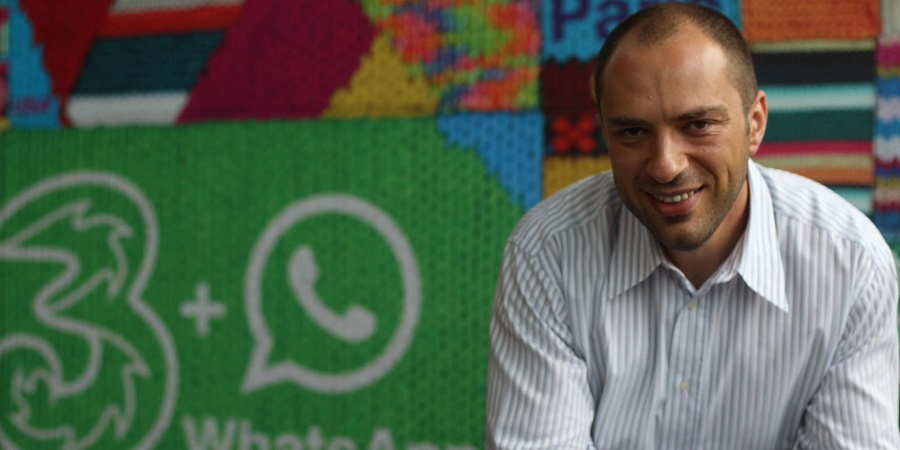
3. The trigger that makes the user think of the project.
The trigger is a certain event that encourages people to use the service. For example, when a user needs a taxi, he recalls Uber.
In our life there are many events. Everyday. Our thoughts are busy with the list of purchases in the store, thinking about politics, watching the news, meeting with friends and loved ones. Therefore, people forget even about the coolest and most useful startups.
A trigger is needed that “snaps” in real life, regardless of the user, and encourages him to take advantage of the project.
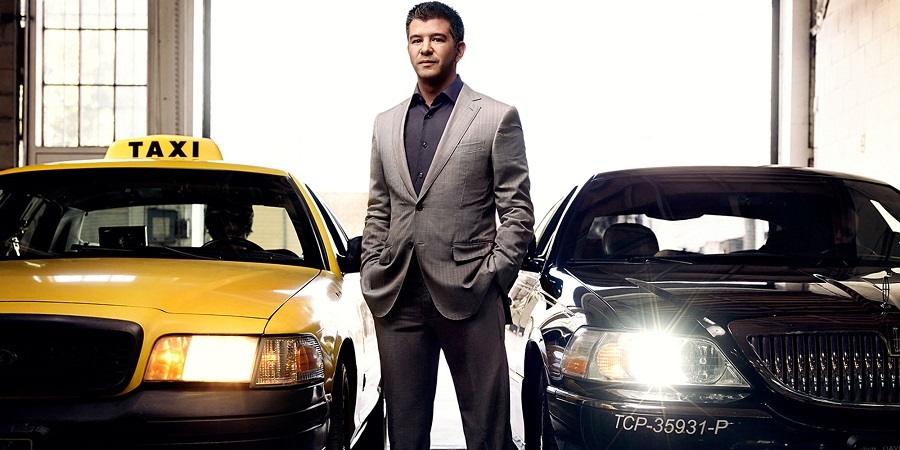
4. The “toothbrush” rule by Larry Page
People should use the billionth project at least twice a day, and this should become a habit. Habits rule the human brain. We don’t think about what you need to brush your teeth in the morning and in the evening - this process takes place on autopilot. We do not need to strain and specifically remember where the toothbrush lies. Just like people just can't forget to brush their teeth, they can't forget a billion-dollar startup.
The average user logs into Facebook at least twice a day. People don’t think “should I visit Facebook?” The user simply opens a social network, just like taking steps, without thinking about how to put his foot right.
It is in the formation of habit that the power of many billions of projects lies.
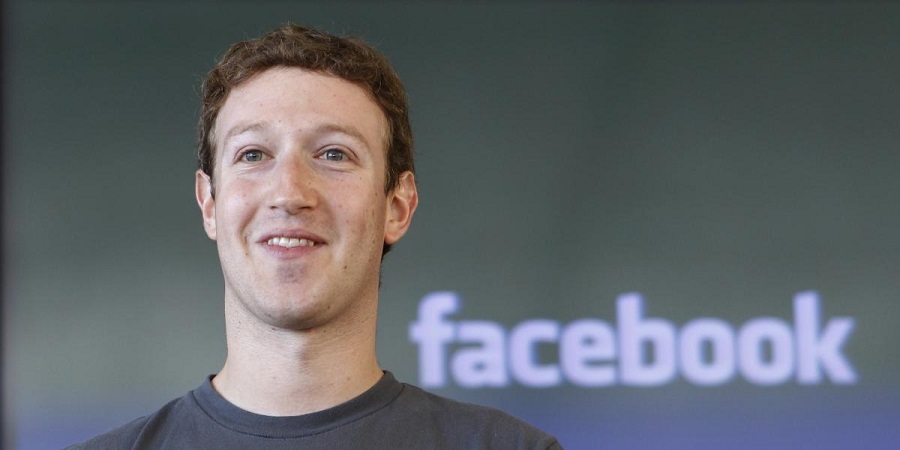
5. Polarization of the audience.
Startups with great prospects necessarily cause controversy at the beginning of their journey. They cause a controversial reaction. When people hear about a new project and say, “Oh, what a cool project,” why do they say that? People think that it’s worthwhile only because they have already seen similar projects. Projects that have already earned a lot of money have achieved serious capitalization. What does it mean? If everyone unanimously says that the project is cool, it means that people have been working in this direction for a long time, and such services have already been implemented. Then why has so far not been a big project? Because the idea of scale does not work. Most likely, in this niche it is impossible to capture the entire market and there will be many small competitors - for example, platforms for online stores.
A billion startup needs a “secret," which very few see.

6. Timeliness. Why now?
Few remember one of Friendster's first social networks. It was a great idea with great potential. Friendster launched a few years earlier than Facebook. However, he died. Because it was too early for a social network. Too few users - people did not have computers. Then Facebook appeared and it was that very moment.
Why did Snapchat and Instagram reach huge audiences? Smartphones and tablets, and with them the mobile Internet have become widespread - now almost everyone has them. This means that people can take photos and upload them to the Internet at any time and at any point.
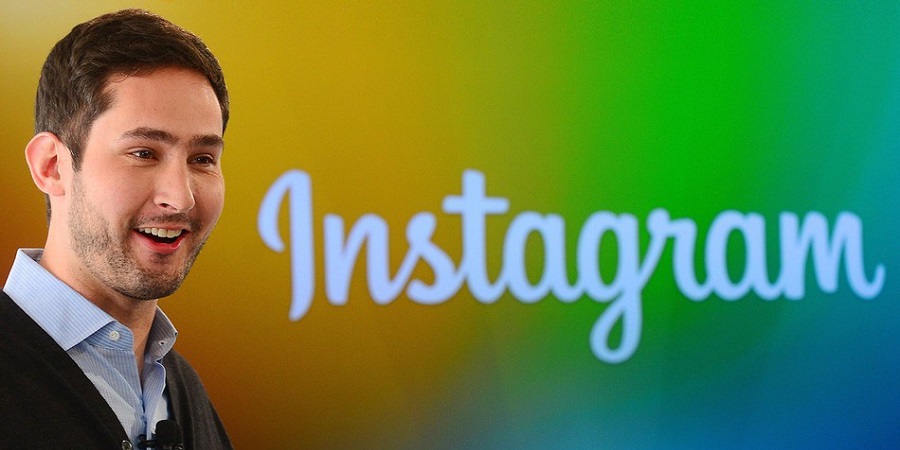
7. Self-distribution
A startup for a billion should have the properties of virality. This can only be achieved in communication services. Everything related to the communication of people, the exchange of information can grow rapidly. Rapid growth is ensured by virality when users of the service themselves attract other users. If the user of the service realizes that his friends are important to him (opinions, likes, rating), he will invite them.
It remains to make it convenient and simple. Without this attribute, Facebook could not have reached an audience of a billion users. Dropbox could not have cost more than $ 10 billion if it did not possess the properties of virality. Yes, and no funds for advertising will be enough to attract so many users, if you pay for each lead.
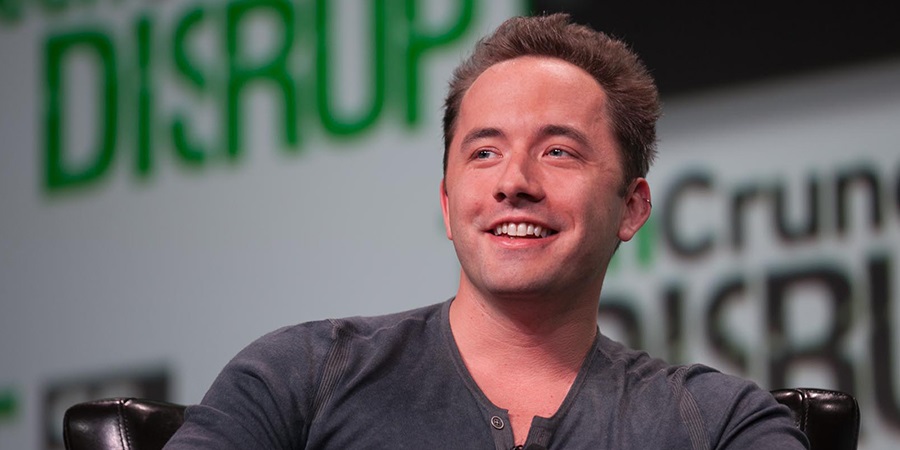
Utility trap
Why are so many investors wrong and don’t invest in “stars”? Why do ordinary people laugh at ideas for a billion and do not believe in them?
It's all a utility trap.
When people see a really useful project, they immediately think that this startup will succeed, because people need it. And if there is a need, then you can make good money understand the investor. Not so simple!
Alexander Fleming discovered penicillin and thereby saved hundreds of millions of human lives. Without any exaggeration, we could not have been, had not discovered Fleming antibiotics. No doubt it was an extremely useful project. It would seem that the discoverer of such a useful medicine should become the richest man in the world. Become a multi-billionaire. However, Fleming earned nothing at his discovery. Because he did not have a business model or he did not think about it.
On the other hand, Kevin Systrom created a photo-sharing application and sold it for a billion. Is it so necessary for humanity to exchange photos? Does it save lives? For thousands of years people have lived without knowing what photography is. And nothing, were happy.
It turns out that Instagram is very useful, but it has many signs of a billion-dollar startup.
A project can save lives and not have a chance to bring money to founders and investors. On the other hand, a startup can have a little utility and get rich investors. It's all about the signs of the billion-dollar project, which are discussed above.
Of course, if a project has all the features of a billion-dollar startup, this does not guarantee that it will succeed. However, the presence of these signs opens the door to a billion.
Fred Wilson, co-founder of Union Square Ventures, still holds the Obama Oz cereal box as a reminder of missed opportunities. “I could not imagine then that air mattresses on the living room floor could become the next stage in the evolution of the hotel business.”
When we designed the startup Grrow.me, I asked one question. What signs make the project a billionth?
Having discovered these signs, we decided to follow them in our project and share with you.
1.
With one foot from the future, 15 Airbnb investors - refused to Brian Cesky, Joe Gebbia and Nathan Blecharzike. They considered the idea of service to be nonsense - well, really, who will rent their room to strangers? Now a startup costs 20 billion.
What did these 15 investors not take into account? They just looked around and didn’t see people who rented rooms - almost no one did it. They could not see the future of the sharing economy. The future is not easy to see. The prevailing stereotypes and foundations do not allow many to look beyond the horizon.

2. Crazy idea
Einstein, when he evaluated physical theories, said: "Your theory is not crazy enough to be true." This principle can be rephrased for startups - “The ideas of many projects are not crazy enough to become a billion-dollar business.” The project should be a little crazy like Snapchat. Well, who needs it so that the photos disappear after viewing? After all, this is a minus, not a plus. Is it possible to make money on stickers like Line did? Well, who will buy content, of which there are so many on the network? Well, is it possible to earn quite a lot on photos and your thoughts by publishing materials on a social network?
Crazy ideas come to very few people, most just do not think about them. Only after a while, people realize that it works and clone and copy. But it’s too late, the first player in the market can’t catch up.
Crazy ideas cannot be predicted by the Lean Startup methodology, no Customer Development will show the obvious need of users for the service. That's why they are crazy.

3. The trigger that makes the user think of the project.
The trigger is a certain event that encourages people to use the service. For example, when a user needs a taxi, he recalls Uber.
In our life there are many events. Everyday. Our thoughts are busy with the list of purchases in the store, thinking about politics, watching the news, meeting with friends and loved ones. Therefore, people forget even about the coolest and most useful startups.
A trigger is needed that “snaps” in real life, regardless of the user, and encourages him to take advantage of the project.

4. The “toothbrush” rule by Larry Page
People should use the billionth project at least twice a day, and this should become a habit. Habits rule the human brain. We don’t think about what you need to brush your teeth in the morning and in the evening - this process takes place on autopilot. We do not need to strain and specifically remember where the toothbrush lies. Just like people just can't forget to brush their teeth, they can't forget a billion-dollar startup.
The average user logs into Facebook at least twice a day. People don’t think “should I visit Facebook?” The user simply opens a social network, just like taking steps, without thinking about how to put his foot right.
It is in the formation of habit that the power of many billions of projects lies.

5. Polarization of the audience.
Startups with great prospects necessarily cause controversy at the beginning of their journey. They cause a controversial reaction. When people hear about a new project and say, “Oh, what a cool project,” why do they say that? People think that it’s worthwhile only because they have already seen similar projects. Projects that have already earned a lot of money have achieved serious capitalization. What does it mean? If everyone unanimously says that the project is cool, it means that people have been working in this direction for a long time, and such services have already been implemented. Then why has so far not been a big project? Because the idea of scale does not work. Most likely, in this niche it is impossible to capture the entire market and there will be many small competitors - for example, platforms for online stores.
A billion startup needs a “secret," which very few see.

6. Timeliness. Why now?
Few remember one of Friendster's first social networks. It was a great idea with great potential. Friendster launched a few years earlier than Facebook. However, he died. Because it was too early for a social network. Too few users - people did not have computers. Then Facebook appeared and it was that very moment.
Why did Snapchat and Instagram reach huge audiences? Smartphones and tablets, and with them the mobile Internet have become widespread - now almost everyone has them. This means that people can take photos and upload them to the Internet at any time and at any point.

7. Self-distribution
A startup for a billion should have the properties of virality. This can only be achieved in communication services. Everything related to the communication of people, the exchange of information can grow rapidly. Rapid growth is ensured by virality when users of the service themselves attract other users. If the user of the service realizes that his friends are important to him (opinions, likes, rating), he will invite them.
It remains to make it convenient and simple. Without this attribute, Facebook could not have reached an audience of a billion users. Dropbox could not have cost more than $ 10 billion if it did not possess the properties of virality. Yes, and no funds for advertising will be enough to attract so many users, if you pay for each lead.

Utility trap
Why are so many investors wrong and don’t invest in “stars”? Why do ordinary people laugh at ideas for a billion and do not believe in them?
It's all a utility trap.
When people see a really useful project, they immediately think that this startup will succeed, because people need it. And if there is a need, then you can make good money understand the investor. Not so simple!
Alexander Fleming discovered penicillin and thereby saved hundreds of millions of human lives. Without any exaggeration, we could not have been, had not discovered Fleming antibiotics. No doubt it was an extremely useful project. It would seem that the discoverer of such a useful medicine should become the richest man in the world. Become a multi-billionaire. However, Fleming earned nothing at his discovery. Because he did not have a business model or he did not think about it.
On the other hand, Kevin Systrom created a photo-sharing application and sold it for a billion. Is it so necessary for humanity to exchange photos? Does it save lives? For thousands of years people have lived without knowing what photography is. And nothing, were happy.
It turns out that Instagram is very useful, but it has many signs of a billion-dollar startup.
A project can save lives and not have a chance to bring money to founders and investors. On the other hand, a startup can have a little utility and get rich investors. It's all about the signs of the billion-dollar project, which are discussed above.
Of course, if a project has all the features of a billion-dollar startup, this does not guarantee that it will succeed. However, the presence of these signs opens the door to a billion.
Fred Wilson, co-founder of Union Square Ventures, still holds the Obama Oz cereal box as a reminder of missed opportunities. “I could not imagine then that air mattresses on the living room floor could become the next stage in the evolution of the hotel business.”
